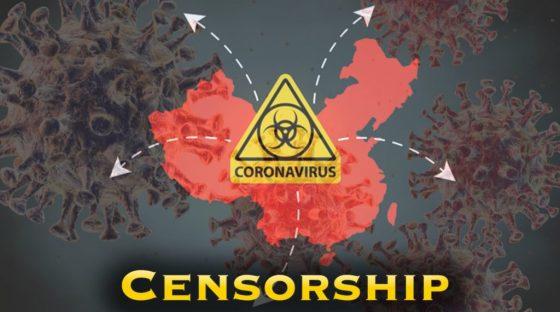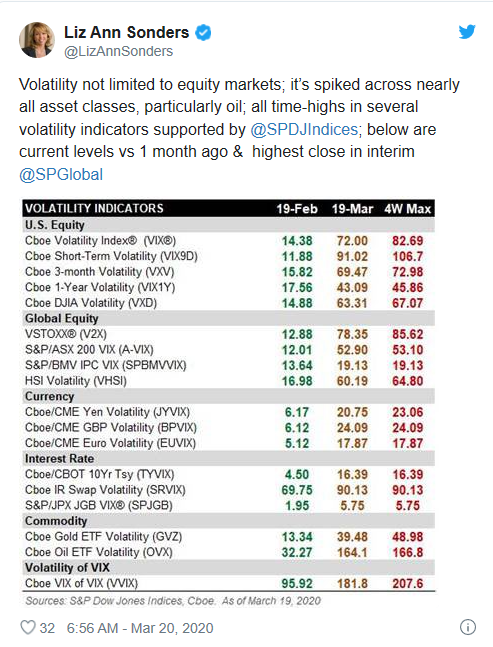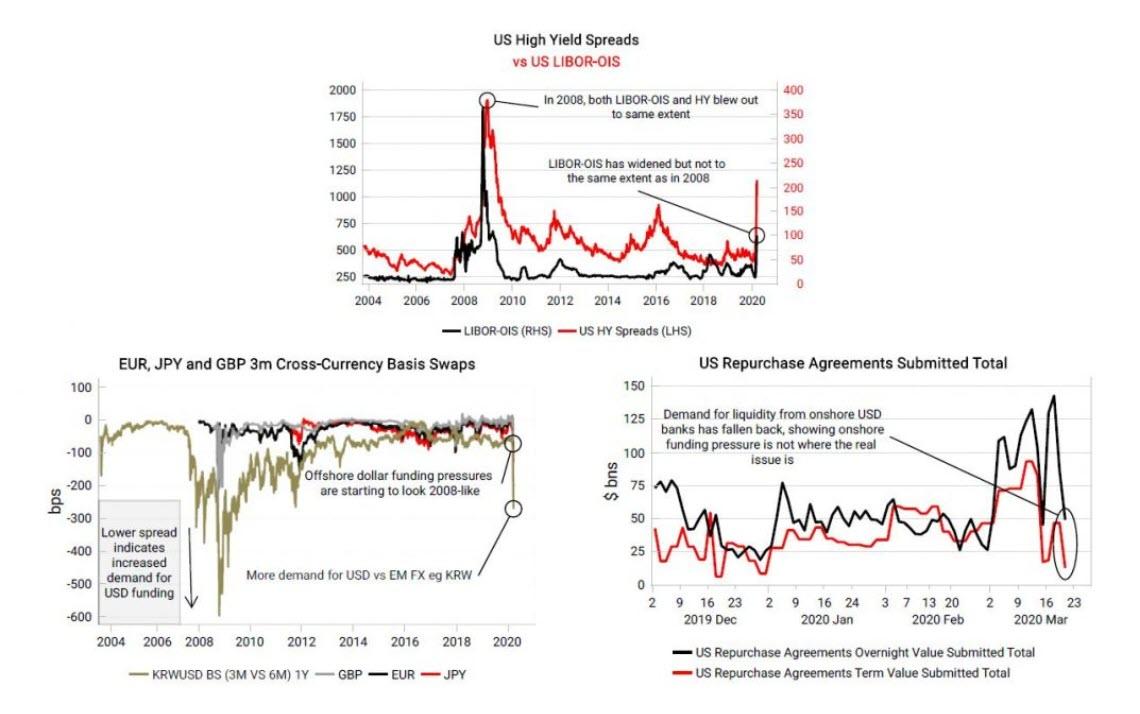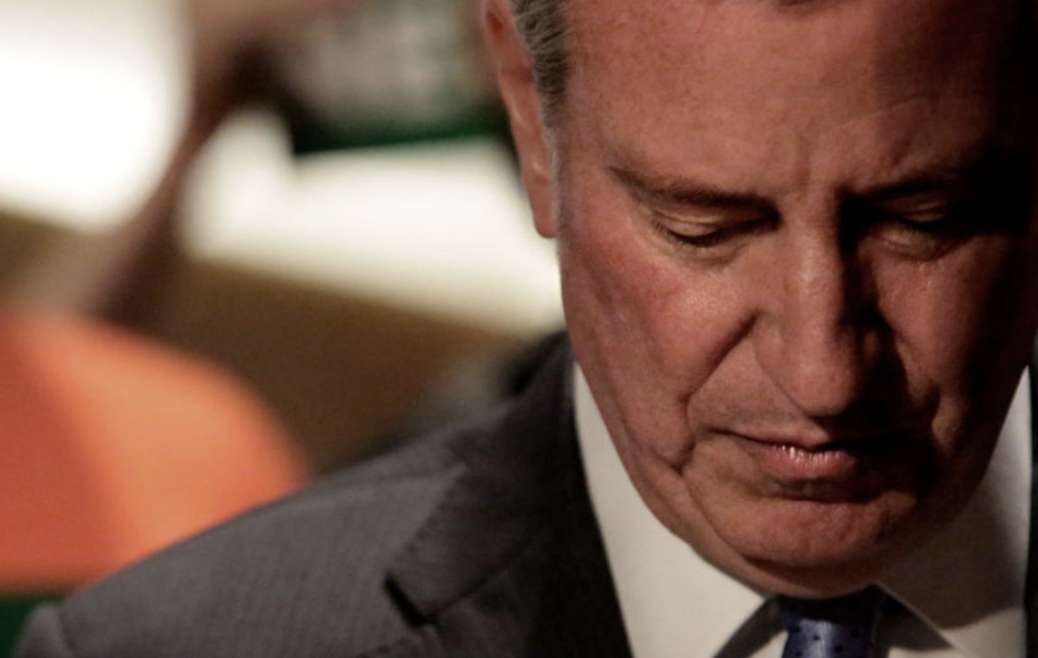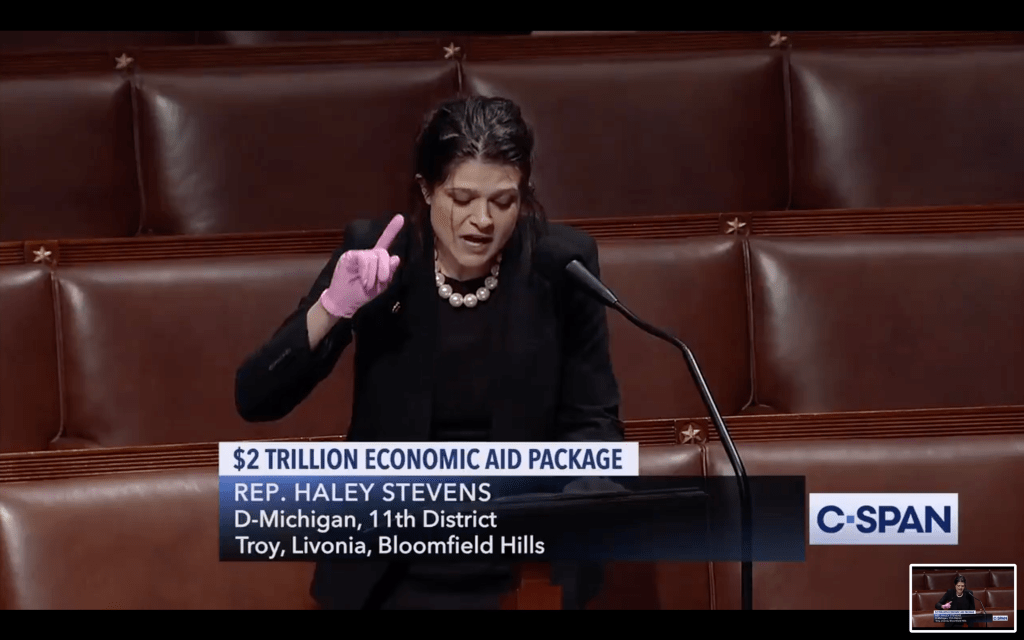4 Passengers Die Aboard Carnival Cruise Ship Stranded Near Panama As Company Begs For Bailout Cash
As cruise lines bitch about potentially being excluded from the US government bailouts passed as part of the US CARES act, one cruise ship owned by a Dutch company has reported some of the worst news we’ve heard aboard a cruise ship since the Diamond Princess departed Yokohama.
On Friday, Holland America Line announced that four passengers had died aboard its cruise ship, the Zaandam, after it was refused entry into Chile nearly two weeks ago.
The ship, which had 53 passengers and 85 crew members aboard displaying symptoms, was denied passage through the Panama Canal to allow easy access to Florida.
The company, which, of course, is owned by cruise industry conglomerate Carnival Corp., didn’t say how many passengers and crew were tested, but said 53 passengers and 85 crew members are exhibiting symptoms consistent with the coronavirus. There are more than 1,800 people aboard the ship, the company said, along with four doctors and four nurses.
The Zaandam, which is currently anchored off the coast of Panama, is at least the third Carnival-owned ship to become the host of a COVID-19 outbreak. The Grand Princess, which made headlines after being barred entry to San Francisco, and the Diamond Princess, which required countries to evacuate passengers, including the US, are both run by Carnival-owned Princess cruises.
What’s more galling, though, is that the Zaandam still departed on the cruise from Buenos Aires on March 7 after the panic about COVID-19 had already started. The ship was at sea when Carnival suspended all operations later in the month. And the cruise was supposed to end March 21, but the ship was refused permission to dock in Chile, and it’s now anchored off the coast of Panama, as authorities refuse to let it pass through the Panama Canal.
The ship is telling the press it plans to disembark passengers in Florida, but exactly how it’s going to get there remains unclear.
Another Holland America ship, the “Rotterdam,” met the Zaandam at sea on Thursday, the company said, before adding that it plans to transfer healthy patients from one ship to the other before they are exposed to COVID-19. All passengers and crew currently exhibiting symptoms will remain on the Zaandam. The company said it is following guidance from the CDC.
In other words, everyone who has COVID-19 symptoms aboard that ship is screwed. They will be left twisting in the wind until the virus consumes virtually everybody on board. No one will take them in, at this point they don’t have the resources to sail around the tip of South America. Rumor has it that the State Department is planning another evacuation. That’s the last hope for the more than 100 people who are being virtually abandoned on board that boat.
Cruise Lines have been criticized for their poor handling of the crisis. Former passengers of the Costa Luminosa have died after the company and captain of the ship did little to protect passengers. As the Miami Herald reported in partnership with ProPublica, the cruise lines that are now begging for bailouts did little or nothing to shield passengers once news of the outbreak became public. Once the ship made a stop, in Puerto Rico, passengers said the cruise officials didn’t let them know about the sick people on board until they were out at sea again the next day.
“If the ship had told everyone what was going on, my dad and stepmom would have gotten off in Puerto Rico and flown home,” said Kevin Sheehan, Tom’s son. “But they didn’t tell them. So they stayed on the ship.”
Because he stayed on the ship, Tom Sheehan died at sea, away from his family, as COVID-19 shut down all of his organ systems one by one.
The ship couldn’t make its planned next stop in Antigua, so it continued across the Atlantic for a full week with no stops. Passengers were allowed unfettered access to the pools, gym and buffet the entire time, even after news broke at the end of the week about the test results – and the people still used them! They assumed it was safe since the company wasn’t saying anything.
Tyler Durden
Sat, 03/28/2020 – 17:30
via ZeroHedge News https://ift.tt/2QTFmmp Tyler Durden

